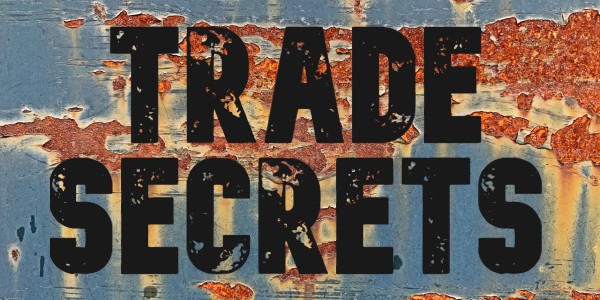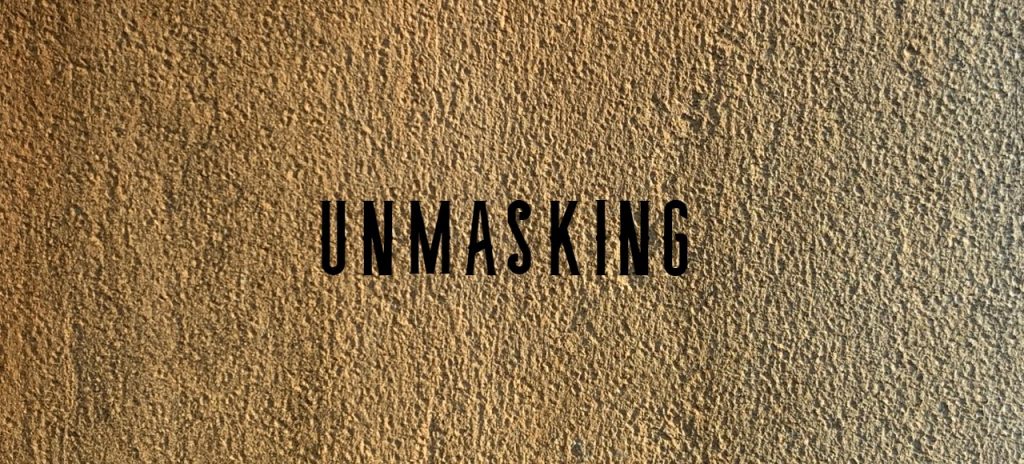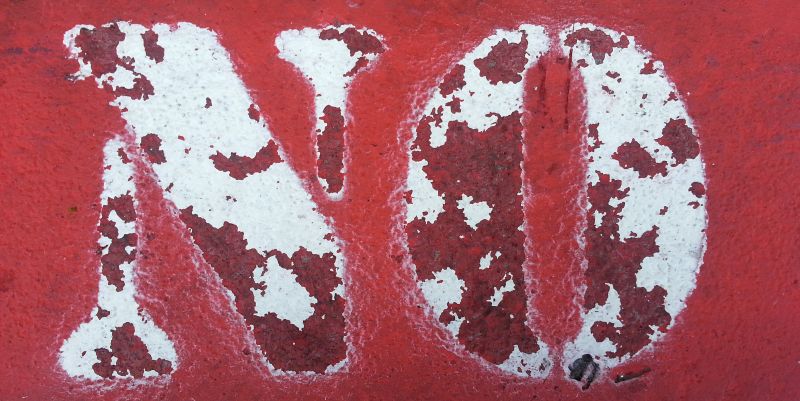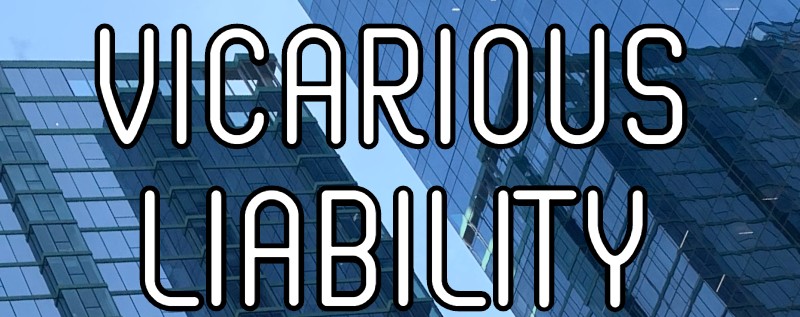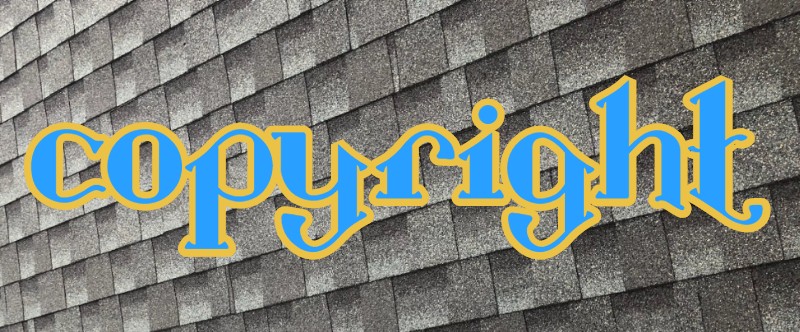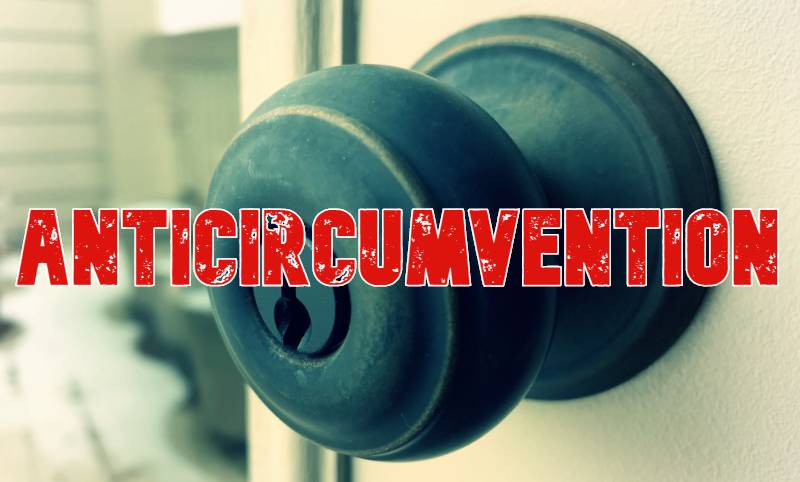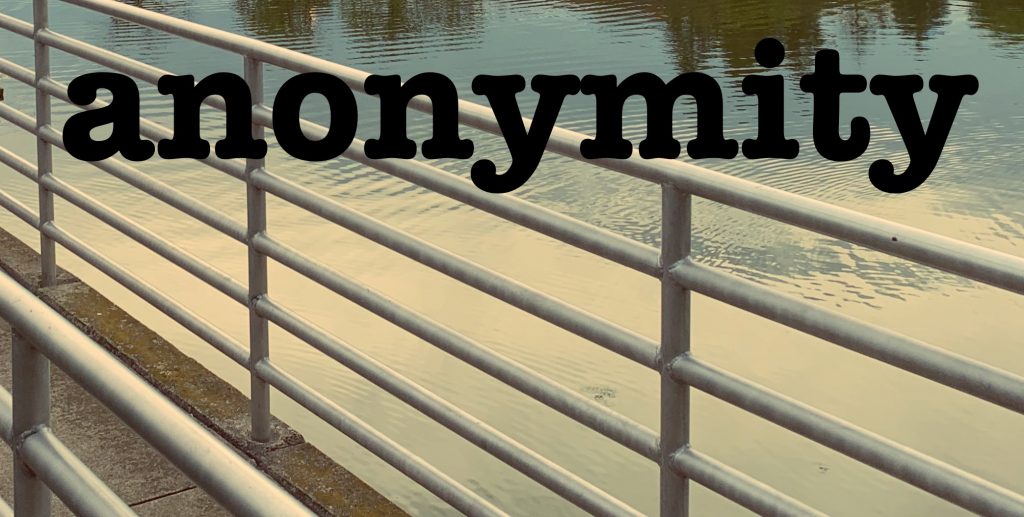A lot of companies bring on independent contractors to develop content. They may be photographers, designers, writers, consultants, etc. who sign independent contractor agreements. Here are three common mistakes that you should not make if you are hiring an independent contractor.
Intellectual property ownership mistakes in independent contractor agreements
The first common mistake is to leave out language that ensures you as the hiring party own the intellectual property in the deliverables. Did you know that unless the contract specifically says otherwise, the independent contractor will retain ownership of the copyright in the deliverables? Many companies have been surprised to learn, after spending a lot of money on an independent contractor, that they do not own the rights in the content they thought they had paid for.
The agreement should have a work made for hire provision. And since the definition of work made for hire is specific, some things that the contractor may do will not qualify as work made for hire. So the agreement should also say that to the extent the deliverables are not work made for hire, the independent contractor assigns the intellectual property to the party that hired it.

Confidential information mistakes
The second common mistake that you should avoid in engaging with an independent contractor is being vague or loose when it comes to confidentiality. The independent contractor could learn a lot about your business – its vendors, its customers, its plans, and how the company operates. The confidentiality provision should adequately restrict how the independent contractor discloses that information or uses it outside of the engagement with the company. If not, that information may lose its trade secret protection. Or the contractor could take the information it learns about your company and use it while working for one of your competitors.
Indemnification mistakes
A third common mistake that you should avoid in independent contractor agreements is being silent on defense and indemnification. If a third party sues you over something that the independent contractor has done, you would likely want to look to the independent contractor to pick up the costs of defense and pay the amount of any judgment that results. Say, for example, the independent contractor copies a photograph from somewhere else and then provides that to you as his or her original work. If the true owner of the copyright in that work sues you for using the photo, it is only fair that you can turn to the contractor for relief. The agreement should say that.
See also: Independent contractor’s email was key factor in finding he had apparent authority to bind principal
About the author: Evan Brown is a technology and intellectual property attorney in Chicago. Follow him on Twitter and Instagram. Subscribe to his YouTube channel.

